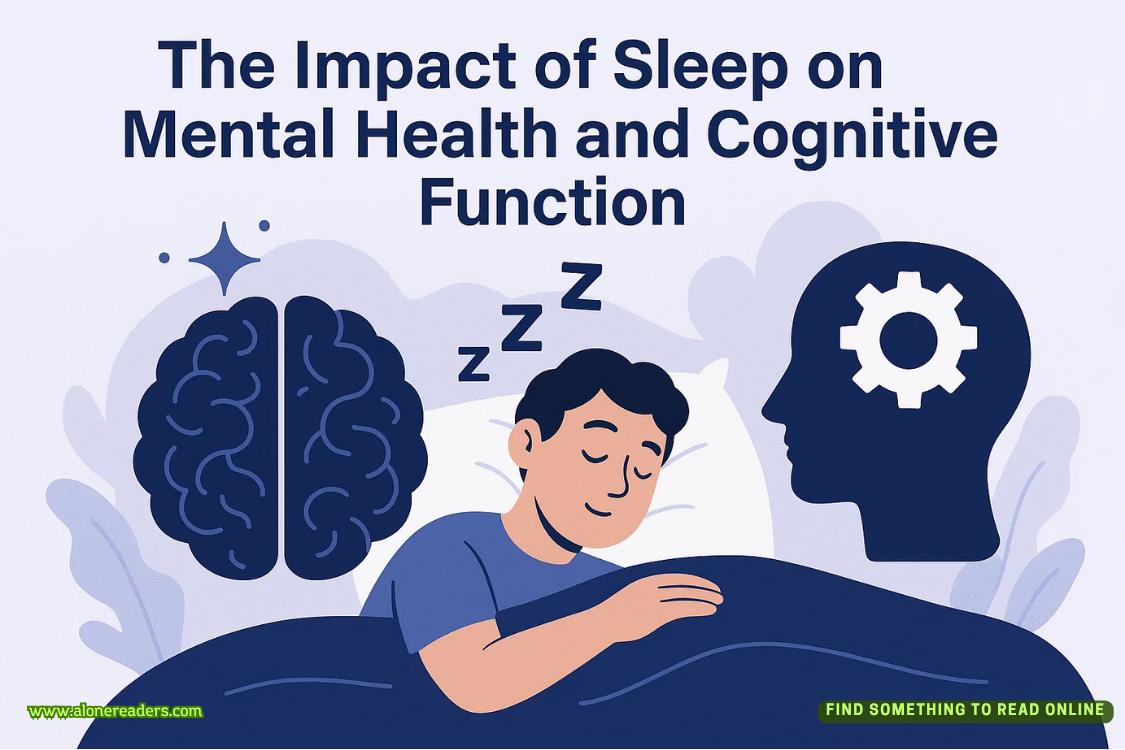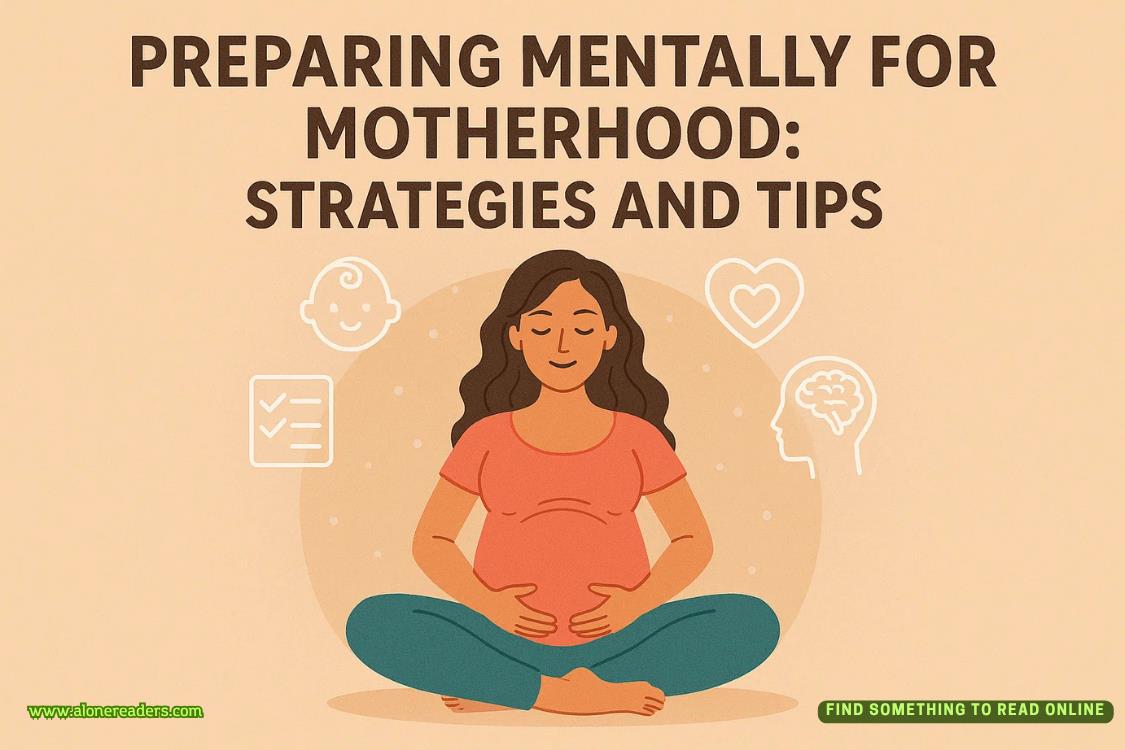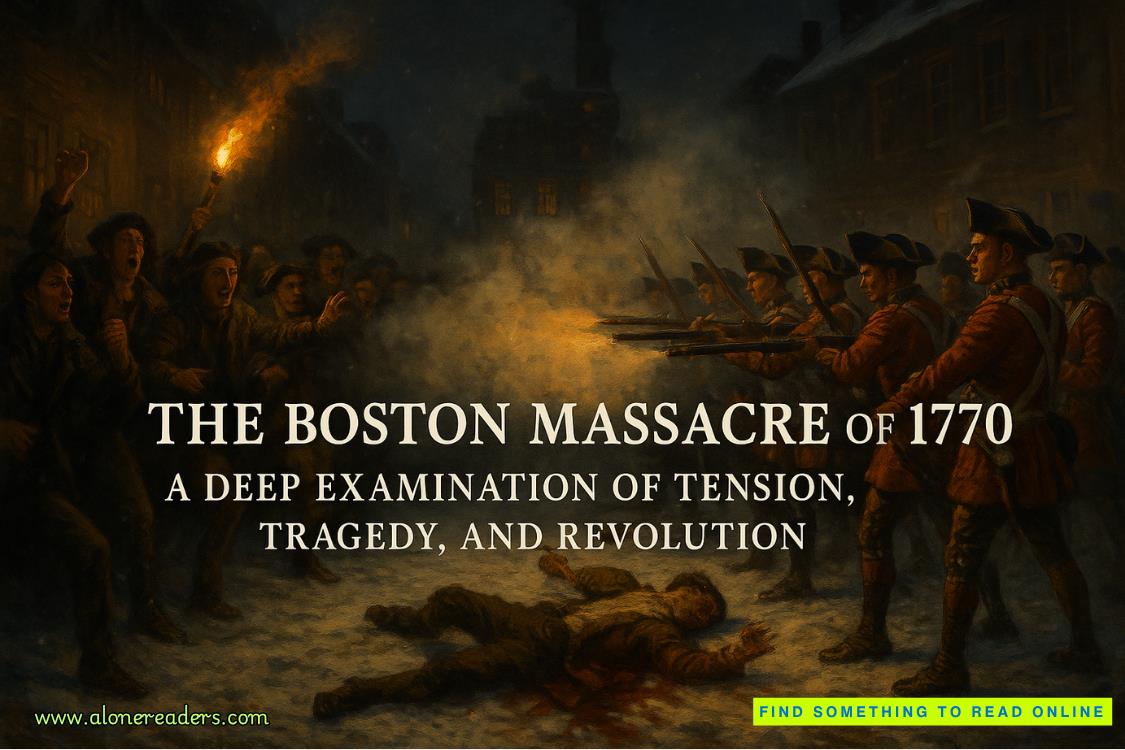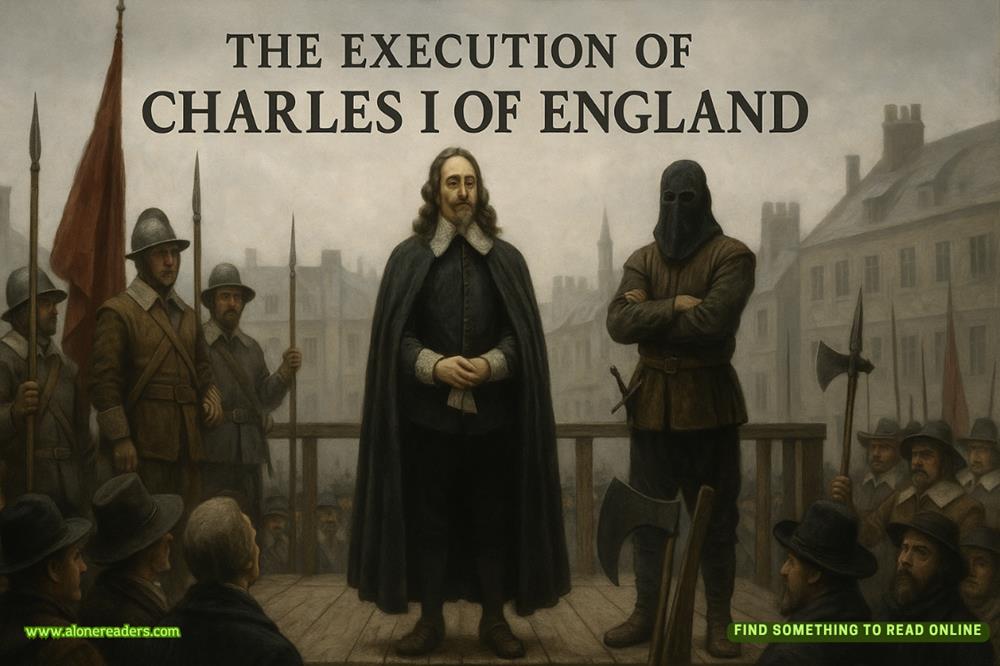Page 25 of Don't Shoot Me Santa
Parry lifted a brow. “You’re saying it could be a woman?”
“I’m saying there are plenty of professions that teach you how to move dead weight efficiently. Nursing, mortuary work, palliative care. It’s not always about brute force.” He paused, then added, “And we’ve made this mistake before. Profilers attributing strength-based staging to men, only to discover two women working in tandem. Or one woman, methodical enough to go unnoticed.”
Parry tilted her head. “Still rare though.”
“Rare, yes. But not impossible. Women slip through the cracks all the time because we still cling to this idea of them as the weaker gender. Less violent. Less capable.”
He didn’t look at Aaron when he said that. The shadow of Roisin Howell stretched long, even now. And Kenny had spent the past few years learning how to speak around it.
“Could that be the case here?” Parry asked. “Two people? A joint effort?”
“It’s possible.” Kenny rubbed his chin in thought. “But I don’t think so. There’s no split in detail. No mismatched intent. The staging is seamless. Purposeful. This feels like one mind. One vision. One hand.” He turned back to the boy laid out in the snow, peppermint held in his closed hands. “This isn’t disposal. It’spresentation. There’s ownership in that. The gift tag? That’s intimacy. You don’t share that kind of ritual with anyone.”
Parry nodded. Taking it in.
And Kenny watched the blink of the tree lights overhead. Red. Blue. White. As if someone had planned it that way.
He turned back to Parry. “Have you canvassed local CCTV? Traffic cams? Shop fronts?”
“We’ve started,” she said. “Slow progress. Limited angles.”
“Any bags or packaging near the scene?”
“Nothing that looked relevant, but we’ll sweep again.”
Kenny drew a breath and looked at the boy in the snow again. “This isn’t a one-off ornament,” he said quietly, more to Parry than to the gathering. “When someone chooses to clothe a victim like this, to make them a figure in a seasonal tableau, they’re inventing a role. That role can be reused. Rituals like that become templates. Once you find what works for them, they’ll lean on it again and again because it gives their violence meaning.”
Parry paused. “You think there’ll be more?”
“Not think — expect.” Kenny shivered at the prospect, but at least he could blame the cold. “The peppermint, the gift tag, the costume: they’re allpieces of the same symbolic grammar. If the killer is presenting these deaths as offerings, that presentation will have reproducible elements. Clothes, in particular, are significant. They’re intimate, they shape how a victim reads to the world. And unlike a sweet or a scrap of paper, garments leave traces. Purchases, hires, donations, charity drop-offs, bags at kerbside. Those are all traceable. If they’re sourcing costumes, they’ll need a supply. If they’re dressing bodies to fit a script, they’ll likely follow that script again.”
He rubbed a hand over his forehead.
“Broaden the costume search,” he said to Parry. “Don’t limit it to hire shops. Check recent purchases, charity-shop drops, CCTV outside seasonal stalls. Anything that reads as ‘Santa’ to a witness counts. If we can map the supply chain, we map their movement. And if this is a template, then catching the next staging means catching whoever it is before they can perform it again.”
Parry nodded, scribbling as he spoke.
And beside him, Aaron stood perfectly still.
But Kenny could feel the tension thrumming off him.
Parry shifted beside them. “I can send over everything we’ve compiled so far. Initial scene reports, preliminary post-mortem, CCTV. Anything useful.”
Kenny didn’t reply immediately. Visiting the scene was one thing. Offering insight in a moment of crisis? Fine. But taking this on? Wearing it? That was something else entirely.
Parry glanced between him and the covered body. “Hampshire’s Major Investigation Team flagged a series of unsolved deaths from the last decade. Vulnerable youths. Some found dressed post-mortem. A few with partial staging that didn’t make sense at the time. They’re forwarding the files to see if anything aligns.” She paused. “They’re not saying it’s a serial. But… they’re not saying it isn’t, either.”
“So you’re asking me to look for behavioural linkage?”
“Exactly. Even a framework. Something to help us see the shape of this before it escalates further. And it looks like this could be time sensitive. If this is Christmas-specific and we don’t get to him—”
“We’ll be decking the morgue, not the halls,” Aaron said, low, heavy.
Parry stared at him, startled.
Aaron dipped his head. Not flippant, not smirking, but with the flat weight of stating an inevitability. It wasn’t a quip to mock; it was a grim marker in the air, a reminder to everyone within earshot that the clock was already ticking.
Then, with a loose shrug, he added for Parry’s benefit, “Seasonal sarcasm.” A thin pause. “He rubs me with ointment for it.”















